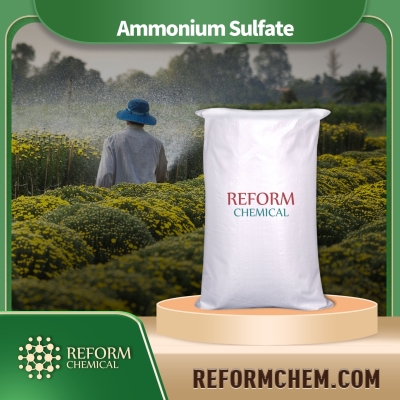-
Categories
-
Pharmaceutical Intermediates
-
Active Pharmaceutical Ingredients
-
Food Additives
- Industrial Coatings
- Agrochemicals
- Dyes and Pigments
- Surfactant
- Flavors and Fragrances
- Chemical Reagents
- Catalyst and Auxiliary
- Natural Products
- Inorganic Chemistry
-
Organic Chemistry
-
Biochemical Engineering
- Analytical Chemistry
-
Cosmetic Ingredient
- Water Treatment Chemical
-
Pharmaceutical Intermediates
Promotion
ECHEMI Mall
Wholesale
Weekly Price
Exhibition
News
-
Trade Service
The problem of pesticide residues in vegetables is related to the health of the masses of people, and is receiving more and more attention
.
In today's world, pesticide residue analysis is developing towards multi-residue and rapid analysis.
To ensure the accuracy of high-throughput detection methods, strict pesticide residue confirmation techniques are required
.
???? At present, the Ministry of Agriculture's routine monitoring of multiple residues of organophosphorus pesticides in vegetables implements the agricultural standard NY/T761-2008 "Determination of Multi-residues of Organochlorine, Organophosphorus, Pyrethroid and Carbamate Pesticides in Vegetables and Fruits", Use GC/FPD to quickly detect vegetable organophosphorus pesticide residues.
For samples that exceed the standard or are close to the limit value, use double-column and double FPD to re-test, and then use GCMS to determine if it still cannot be confirmed, so that the detection of pesticide residues in vegetables is faster and more accurate
.
Green leafy vegetables, cabbage, melons, nightshade, beans, potato taro and root vegetables have almost no sample impurity peaks, and the determination of organophosphorus pesticides is not disturbed; cabbage vegetables (such as purple cabbage, cabbage and broccoli) Etc.
) There are significant impurity peaks in samples, and the determination of dichlorvos, methamidophos, phorate and chlorpyrifos methyl is often interfered; especially onion and garlic vegetables (such as garlic, onions, etc.
) have strong impurity peaks in samples, organic Phosphorus pesticides are multi-residue? The determination cannot be carried out
.
????Shimadzu multidimensional gas chromatography-mass spectrometer???? This article uses Shimadzu heart-cutting two-dimensional gas chromatography mass spectrometry MDGC/GCMS to analyze 29 kinds of organophosphorus pesticides in onion and garlic, which can effectively solve the problem.
Background interference issues
.
.
In today's world, pesticide residue analysis is developing towards multi-residue and rapid analysis.
To ensure the accuracy of high-throughput detection methods, strict pesticide residue confirmation techniques are required
.
???? At present, the Ministry of Agriculture's routine monitoring of multiple residues of organophosphorus pesticides in vegetables implements the agricultural standard NY/T761-2008 "Determination of Multi-residues of Organochlorine, Organophosphorus, Pyrethroid and Carbamate Pesticides in Vegetables and Fruits", Use GC/FPD to quickly detect vegetable organophosphorus pesticide residues.
For samples that exceed the standard or are close to the limit value, use double-column and double FPD to re-test, and then use GCMS to determine if it still cannot be confirmed, so that the detection of pesticide residues in vegetables is faster and more accurate
.
Green leafy vegetables, cabbage, melons, nightshade, beans, potato taro and root vegetables have almost no sample impurity peaks, and the determination of organophosphorus pesticides is not disturbed; cabbage vegetables (such as purple cabbage, cabbage and broccoli) Etc.
) There are significant impurity peaks in samples, and the determination of dichlorvos, methamidophos, phorate and chlorpyrifos methyl is often interfered; especially onion and garlic vegetables (such as garlic, onions, etc.
) have strong impurity peaks in samples, organic Phosphorus pesticides are multi-residue? The determination cannot be carried out
.
????Shimadzu multidimensional gas chromatography-mass spectrometer???? This article uses Shimadzu heart-cutting two-dimensional gas chromatography mass spectrometry MDGC/GCMS to analyze 29 kinds of organophosphorus pesticides in onion and garlic, which can effectively solve the problem.
Background interference issues
.







